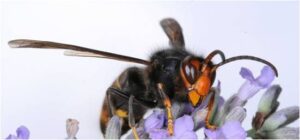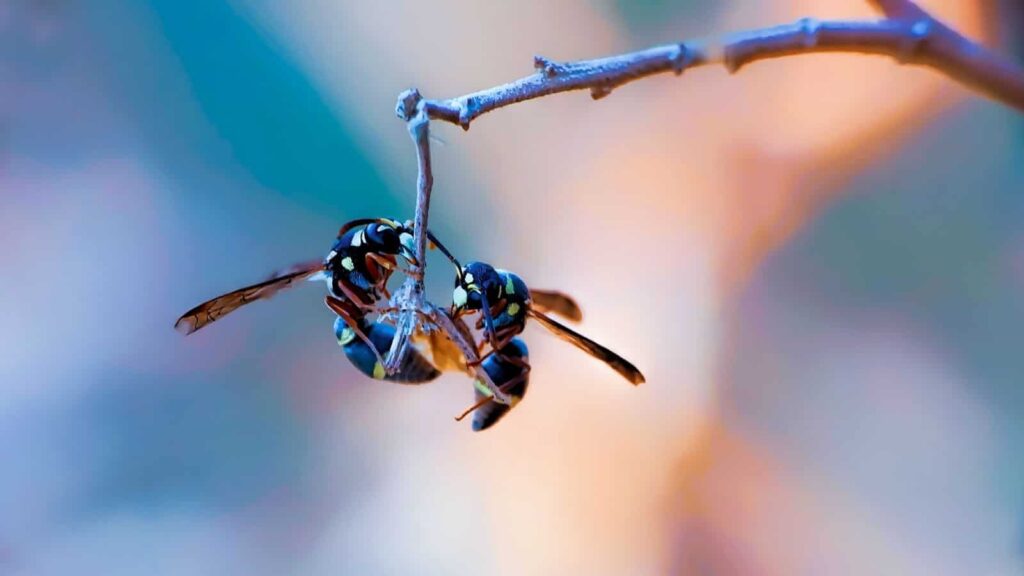The British Beekeepers Association (BBKA) is calling on the public not to be complacent about the Asian Hornet.

In spite of last year, when there were very few reported sightings, insects are no respectors of a pandemic and if conditions are right we could find nests or sightings as the leaves fall off the trees this autumn.
A successful project by bee inspectors in previous years has tracked hornets back to their nests and eradicated them. A prolific insect like this could be found anywhere but you should look out for them on good nectar sources like trees or flowering bushes.
Vespa Velutina is an alien species that could decimate our pollinators if they establish themselves in this country. It is already established in France and the Channel Islands.
Spring trapping is important as a means of removing the new queens as they come out of hibernations. As the young larvae grow and pupate the diet of the worker hornets changes to protein and honeybees are their favourite food.
As Spring gives way to summer they start building their secondary nests which can be the size of a football or larger. These will generally be sited at the top of a tall tree or in the eaves of a house, but have also been found in hedges.
The worker hornets which need to feed lots of larvae hang around the entrances of hives of honeybees waiting for the forager bees to come out- a behaviour known as ‘hawking’. We ask all beekeepers to check their hives for hornets regularly.
We need members of the public to keep their eyes open for the hornets See it! Snap It! Send it! Use your mobile to take a photo and download the Asian Hornet Watch app to help identify what you have seen and to send it to the Non-native species authority.
If you find a nest do not approach it, stay at least 20 metres away and take a picture.
You may find individual hornets sharing blooms of a bush or patch of flowers. They will not mind you photographing them but don’t get too close. Like all insects they do not like the thing they are standing on to vibrate.
Remember See it! Snap it! Send it!
You can also download a species ID sheet here. For more information and resources on invasive non-native species visit: nonnativespecies.org


